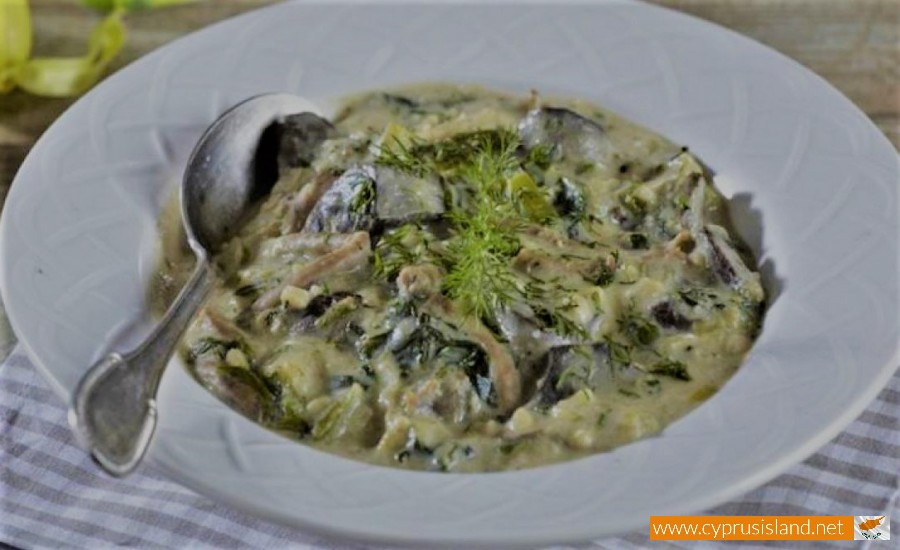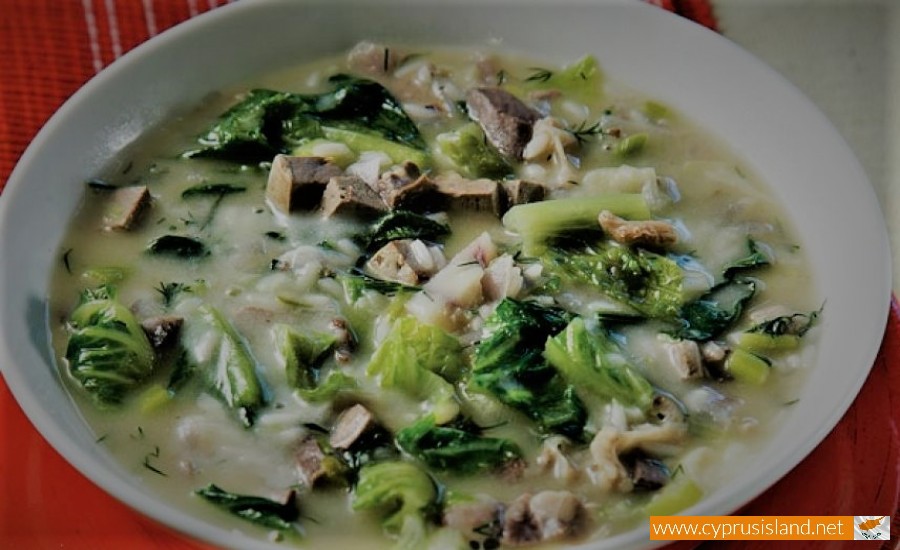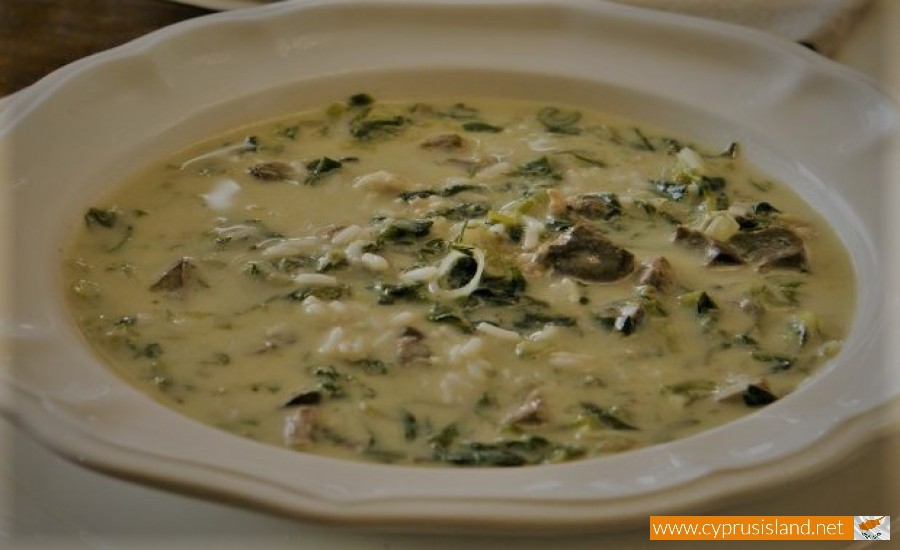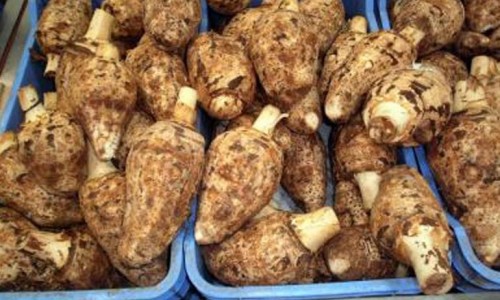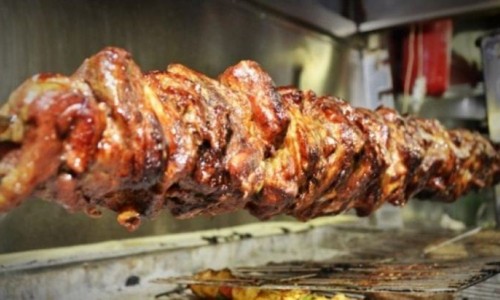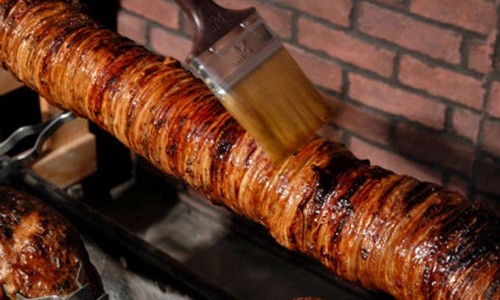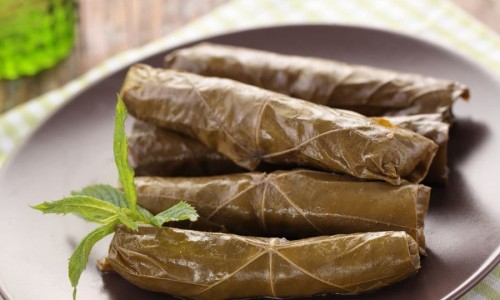Magiritsa Soup
In Greece, Easter is the heart of the cultural and spiritual calendar — a celebration of life, resurrection, and renewal. And no Easter table is complete without magiritsa (μαγειρίτσα), the traditional soup eaten immediately after the midnight Resurrection service. For many Greeks, magiritsa isn’t just a dish — it’s a sacred rite of passage from the solemnity of Holy Week to the joy of Easter morning.
Magiritsa is a rich, hearty soup made from lamb offal, cooked slowly with greens, onions, and herbs, and finished with the signature avgolemono (egg-lemon) sauce that gives it its creamy, tangy character.
It’s eaten once a year, in the early hours of Easter Sunday, right after the Resurrection service, when families return home from church around 1 or 2 a.m. After weeks of fasting for Lent, magiritsa is the dish that gently reintroduces the body to meat — a warm, comforting meal that breaks the fast and signals a new beginning.
Magiritsa’s origins are deeply practical and symbolic. Traditionally, whole lambs were slaughtered and roasted for Easter Sunday. But nothing went to waste — especially in rural villages — and the organs and offal (like liver, heart, lungs, and intestines) were used to make this soup.
Preparing magiritsa became a family ritual, with the women often cleaning and chopping the lamb organs on Holy Saturday, simmering them slowly in broth with spring onions, lettuce, dill, and rice. The result was a soup that was at once frugal and celebratory — a dish that honored both resurrection and resourcefulness.
Ingredients and Preparation
A traditional magiritsa recipe includes:
- Lamb offal – heart, liver, lungs, intestines
- Spring onions – sliced finely for a fresh base
- Romaine lettuce – adds body and a light, earthy flavor
- Dill and parsley – for that unmistakable Greek herbal aroma
- Rice – to give the soup substance
- Olive oil and salt – essentials, of course
- Eggs and fresh lemon juice – for the avgolemono finish
Like avgolemono soup, magiritsa is finished with a mixture of beaten egg and lemon juice carefully tempered into the hot broth to create a silky, creamy texture — no cream needed.
Eating magiritsa is about more than flavor — it’s about timing and symbolism. After the long, reflective journey of Lent — full of fasting, services, and spiritual preparation — Greeks gather at midnight on Holy Saturday for the Resurrection (Anastasi) service.
When the priest announces, “Christos Anesti” (“Christ is Risen”), candles are lit, bells ring, and fireworks explode. Families then return home, often still in their church clothes, to sit down to a table set with red-dyed eggs, tsoureki (sweet bread), and steaming bowls of magiritsa.
It's the first bite of Easter — the return of joy to the table.
It’s worth noting: magiritsa is a divisive dish. Some people love it — it’s their favorite Easter food. Others, especially younger generations, may wrinkle their noses at the idea of lamb intestines in soup. But even those who don’t eat it often respect its place in the tradition. It’s not just about taste — it’s about meaning.
And for those who want a gentler version, modern takes on magiritsa use only liver, or substitute mushrooms for a vegetarian magiritsa that keeps the spirit of the dish while changing up the texture.
Magiritsa is one of those rare dishes that captures everything at once: history, spirituality, economy, and identity. It speaks to the Greek way of honoring food and family — of using what you have, cooking with love, and turning even humble ingredients into a dish of celebration.


